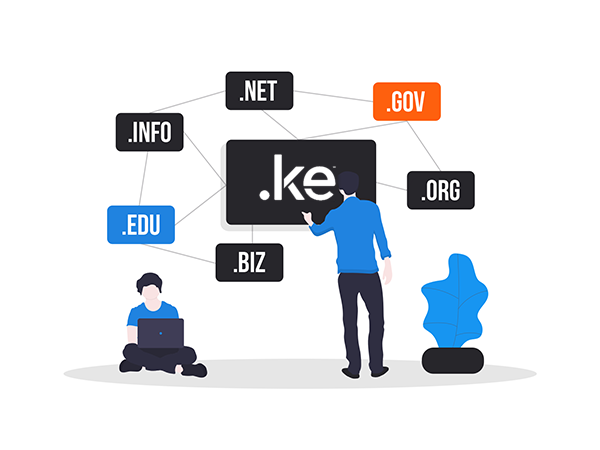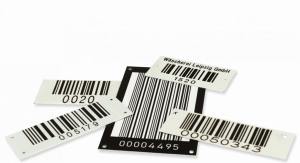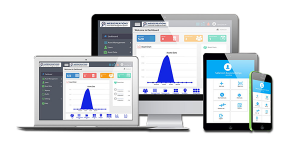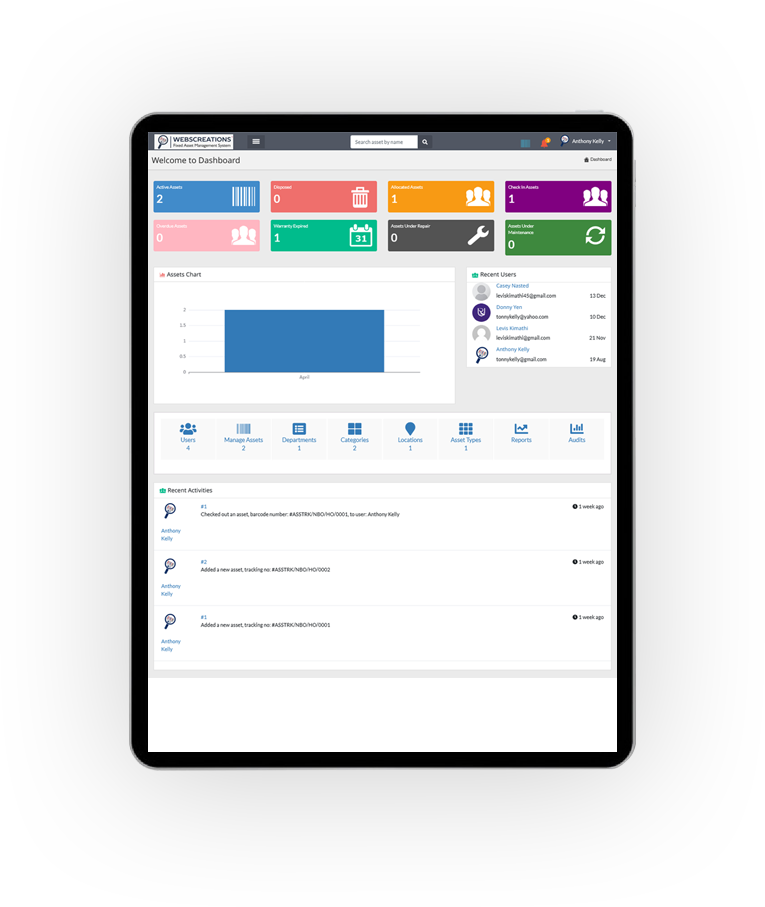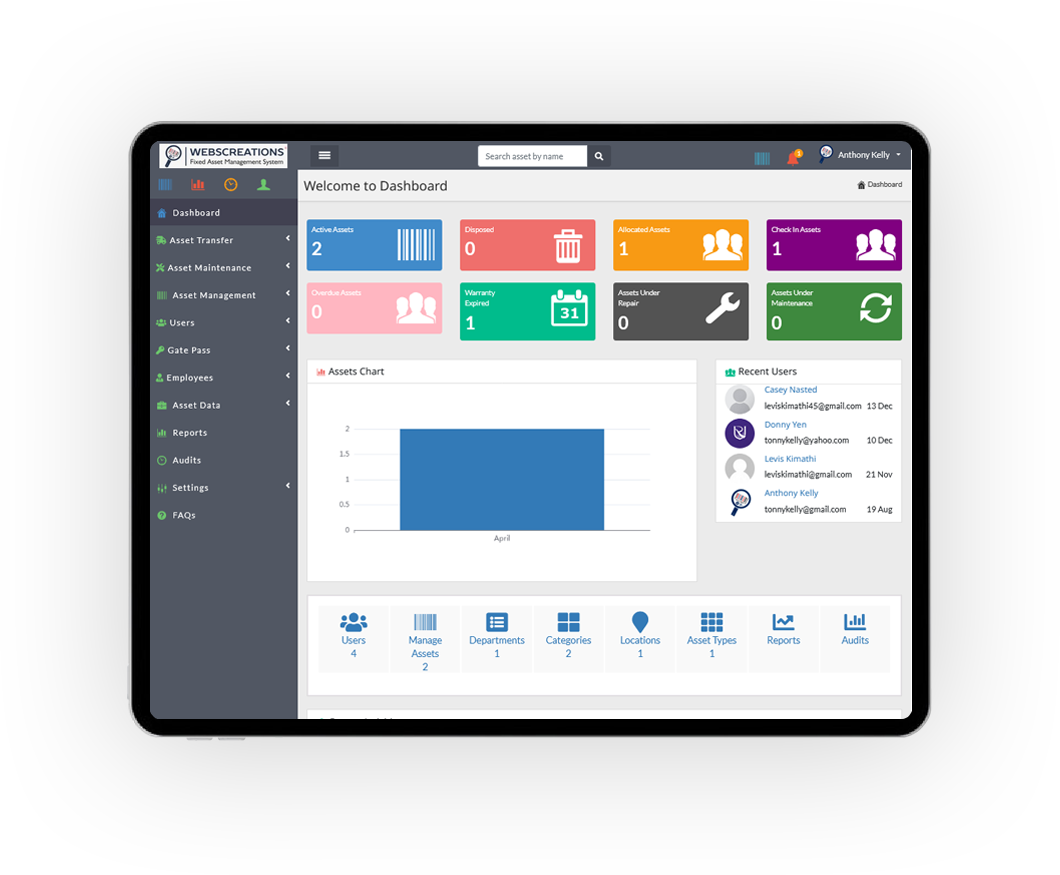TECHNIQUES OF ASSET VERIFICATION
1. PHYSICAL EXISTENCE. The technique of verification is checking the existence of assets, The assets must have a physical existence in some sort of moveable or immovable property. The auditor can count, measure, examine and inspect for verification of various assets.
2. PROPER VALUATION: The technique of verification is the valuation of an asset. There are fixed and circulating assets. Management does the valuation process. The auditor can check the value assigned to each asset. The audit staff can examine the arithmetical accuracy.
3. OWNERSHIP OF BUSINESS. The technique of verification is the determination of ownership. The asset must be owned by the business. The receipt, vouchers agreement, and deeds can help to note the title of ownership. The asset must be held in the name of the business.
4. POSSESSION WITH BUSINESS. The technique of verification checking the possession of The asset cashier The may assets possess should cash while being in the possession of management. An officer may hold stock in trade. The auditor should physically check the assets in the custody of various employees.
5. FREE FROM ON ASSETS CHARGE. When The loan technique is taken off the verification assets are is transferred the examination in the charge name of lenders. The auditor should check that assets are free. In case of borrowing, he can examine the need to note the charge.
6. PURCHASED FOR BUSINESS. The technique of verification is to check the purchase. The assets must be purchased in the name of the company. The documents can show the name of the company. The assets must not be held in the name of any employee.
7. ADEQUATE DISCLOSURE. The technique of verification is the adequate disclosure of assets and liabilities. All assets and liabilities can be stated under their proper heading, Even the contingent liabilities are also disclosed for information.
OBJECTIVES OF ASSET VERIFICATION
1. TRUE AND FAIR VIEW. The purpose of verification is to determine the health of financial statements. After verification, the auditor can say that financial statement shows a true and fair view of the state of business affairs.
2. CERTIFY OWNERSHIP. The purpose of verification is to certify ownership. The vouchers, documents, deeds, agreements and other papers can be used to note the Teal ownership. The auditor can satisfy himself that assets are really owned by the business.
3. ASCERTAIN EXISTENCE. The purpose of verification is to ascertain the existence of assets. The books and papers may show the existence of assets, But it may have been destroyed, sold, discarded or stolen, The verification is used to see the actual position of assets. The existence of assets is essential.
4. FREE OF CHARGE. The purpose of verification is to check that asset is free of any charge. The assets may be pledged or mortgaged for borrowing money; In this case, lenders have charge over the assets, The freeholds leasehold and mortgage property can be stated in the Balance Sheet:
5. DETECT FRAUD. ‘The purpose of verification is to detect fraud. The assets may be stolen or misused. The auditor can verify the real position of the detection of fraud is possible through verification Of assets. The responsibility of fraud can be fixed on management
6. ARITHMETICAL ACCURACY. The purpose of asset verification is to note the arithmetical accuracy of the assets stated in the accounting books. The recording, posting totals, sub-totals, addition, disposal and deprecation of some sort of calculations. The auditor should examine the accuracy of whole work.
7. VERIFY POSSESSION. The purpose of asset verification is to see the possession of assets. The assets must be safeguarded. The responsible officers may be given a position of assets. The assets should be used only for the business. The verification can determine the actual location of assets,
8. INTERNAL CONTROL EVALUATION. The purpose of asset verification is to evaluate the ‘internal control. When there is effective internal control there is the efficiency of business management, In case of poor internal control, the assets may not be used properly. The auditor can evaluate the interval control being used.
9. DETERMINE RECORDING METHOD. The purpose of asset verification is to determine the recording method of assets and liabilities. There are various assets like fixed, wasting and current. All assets may be recorded separately. The costless deprecation or cost or market whichever to the business needs.
10. EXAMINE EVALUATION METHOD. The purpose of asset verification is to examine evaluation method. The compliance and substantive tests are applied to evaluate the recorded items. The auditor can rely on any method according to the business needs.
11. DEPRECIATION PLANS. The purpose of Asset verification is to examine the deprecation plans Of management. The assets are not the same in nature. The life of an asset is different. There is a need to charge deprecation according to accounting principles. The auditor can note the reasonable deprecation has been charged on all assets.
12. ASSETS VALUATION. The purpose of asset verification is to check the valuation of assets. The management values the assets. The auditor can examine that valuation process that valuation process is true as per accounting principles.
13. LIABILITIES VALUATION. The purpose of asset verification is to see that valuation of liabilities is true, The managers determine the value of liabilities. The calculations are made by the auditor to tests the truth.



